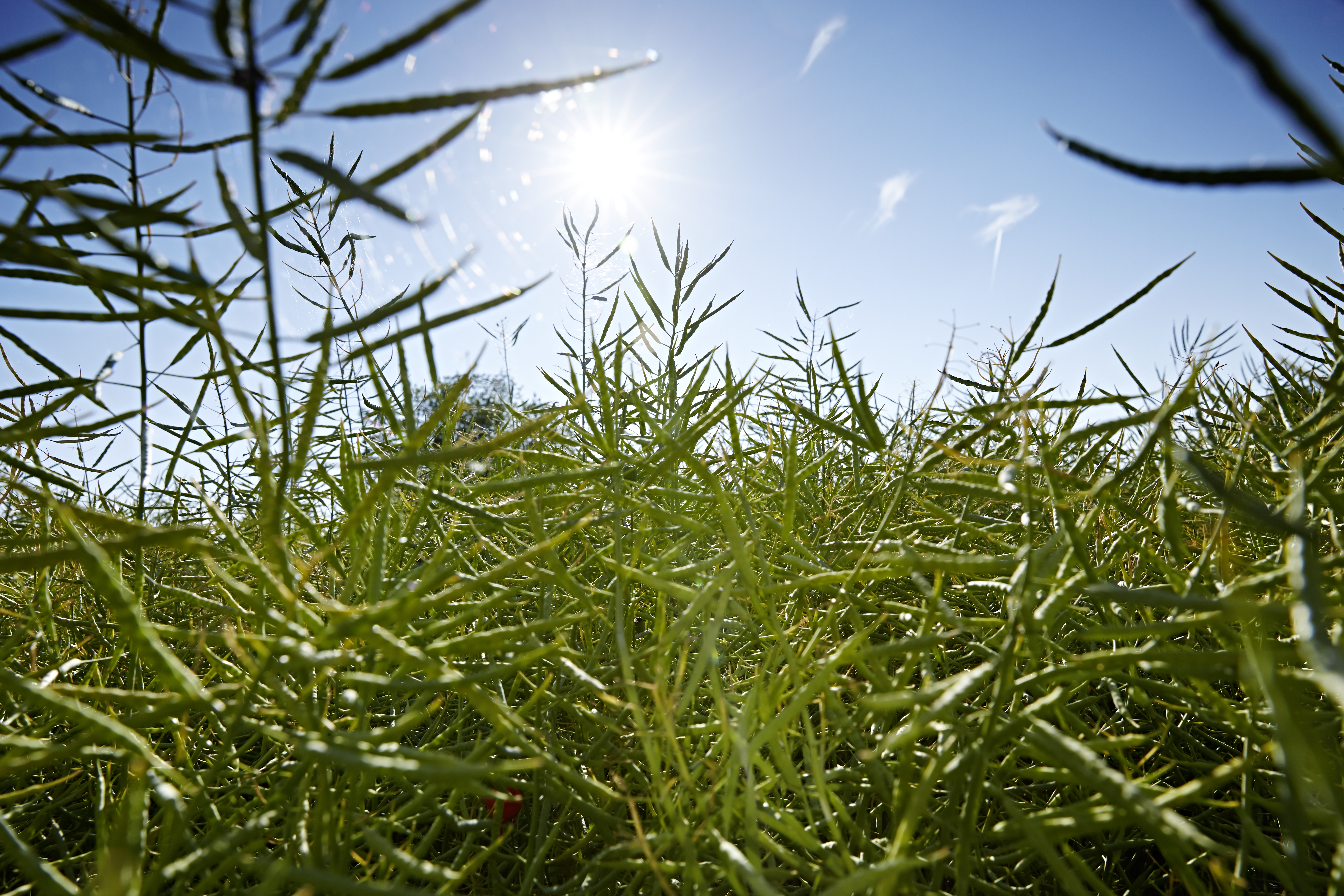Stick with what you know and trust when it comes to OSR establishment
July 2020
Matching autumn cultivations to the properties of the oilseed rape variety chosen can do much to improve the success of the crop particularly in later sowing scenarios believes one Oxfordshire grower.
Eighty per cent of growing oilseed rape successfully comes down to correct seedbed preparation with varietal vigour a key component, says the Hon. David Parker of Model Farm, Shirburn near Watlington.
In later drilling situations, in particular, it is important to select a variety with excellent vigour so that the crop grows strongly before the onset of pests and colder weather with a good conventional variety often having the upper hand, he says.
“The 2019/20 season has been extremely challenging and in common with many other UK farms we have ended up with a much larger area of spring crops than would normally be the case, primarily at the expense of winter wheat.
“Our rotation is governed by the need to control blackgrass and cleavers. Other broadleaved weeds can also be problematic which, together with the ban on neonicotinoids, is why we dropped linseed last season and this season.
“However, the maize we grow for the cattle which are over-wintered here, and a local anaerobic digestion plant, is excellent in helping to control blackgrass.”
Encompassing a range of soil types, from light sandy clay loam to silty clay, Model Farm has 100ha of permanent pasture which support beef cattle and sheep, together with 270ha of arable crops.
Oilseed rape is grown on a not more than a one in seven rotation and this season, with Model Farm Partnership’s oilseed rape area being mainly the ever popular Campus from KWS.
Its reliable autumn establishment combined with reliably high gross outputs and good lodging resistance being the main reasons, whilst scores of 7 for stem stiffness, 8 for lodging resistance and ‘6s’ for both light leaf spot and stem canker add to its appeal, David says.
“Light leaf spot has become a countrywide problem but to date has not affected this farm, although the choice of variety is crucial and so we look for a score of 6 or higher.
Campus is very vigorous and gets away quickly, reducing the risk from Cabbage Stem Flea Beetle attack.
“It does that better and is higher yielding than Quartz which we grew previously, and it is faster to emerge in the autumn than LG Aspire, another variety we have evaluated.
Correct establishment essential
The Campus was drilled on 20 August last year following winter wheat with the straw being chopped as finely as possible, David Parker explains.
“Where our Horsch CO4 drill is used we run over the land with a set of Simba discs, drill 20mm deep and then double roll.
“Rolling is essential and for spring-sown crops we might even use a heavy flat roll to ensure that the seed is pressed into close contact with the soil.
“For comparison, we did have some oilseed rape direct drilled by a contractor using a Horsch Avatar. The area where it was used had been fallow, partly drilled with oats and partly Berseem clover that were sprayed off, leaving 40cm high stubble.
“We found that our own Horsch CO4 moved more soil and produced better establishment. The crop after oats was successful but the area after the clover was destroyed by Cabbage Stem Flea Beetle in one night.”
The optimum time to drill is very dependent on the weather, but when the seed hits the ground it must have the moisture and Nitrogen it needs to chit immediately, then grow flat out for at least a week to get away from the Cabbage Stem Flea Beetle, he says.
“We have found that applying sewage sludge about a week before drilling seems to upset this pest, perhaps because of the smell, but none was applied to this season’s crop.
“Nitrogen is applied before the crop is drilled and we have experimented with a range of rates, from 30kg/ha up to 60kg/ha, but 45kg/ha seems about the optimum level under our conditions.
“The crop also received 70kg/ha of Nitrogen and 12.5kg/ha of Sulphur on 9 March and the same again at the end of March.
Weather conditions through the season have been exceptionally challenging with the exceptionally wet autumn causing real issues with getting crops established and Cabbage Stem Flea Beetle attacking the oilseed rape.
“We are happy that we have Belkar® (Corteva Agriscience) post-emergence autumn applied herbicide in our chemical armoury because it allows us to see that we have a crop before it is applied and the results have been very impressive.
“We also use Kerb® (Corteva Agriscience) which goes on in January and has been highly effective in controlling blackgrass and a wide range of other grass weeds.
“Our fungicide programme consisted of one 0.32 l/ha application of Proline 275 (Bayer) in November and another on 4 May, giving a total fungicide spend of £27/ha. “At the time of the second application there was some evidence of seed weevil, so we also applied Hallmark Zeon (Syngenta) the next morning.”


